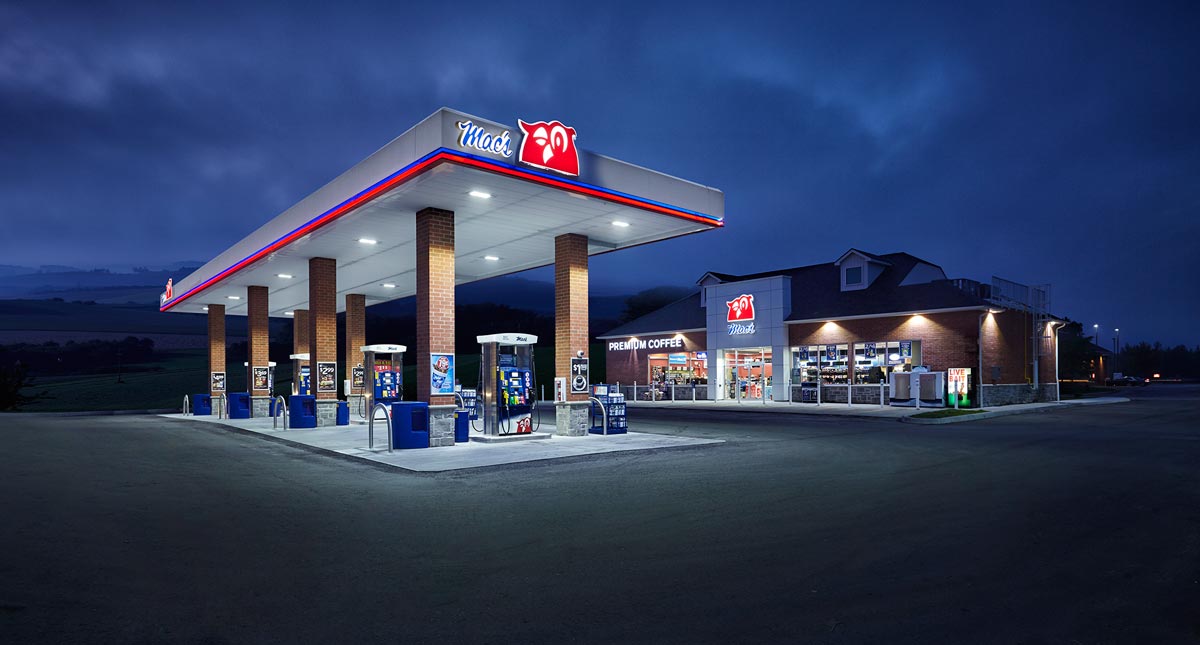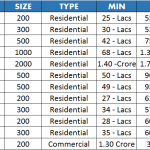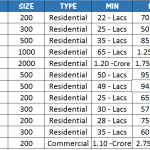Construction Bylaws For Fuel Stations
Investment in fuel stations (which deal in CNG, petrol, or both) has expanded by an expected 30% in the most recent three years. This is on account of fuel stations are thought to be profitable investments, assembling an arrival on speculation (return on initial capital investment) of right around 100% within a year. The development and setting up expenses of a fuel station range between five to eight million rupees, in addition to the expense of the plot.
Fuel stations increasingly offer more than just the pump, with an added convenience store element retailing confectionery, cigarettes, auto accessories, frozen foods, magazines, phone cards, drinks, ice-cream, cakes, and coffee.
However, as fuel stations pose security perils, before you can start development, you need to get permission from the Ministry of Petroleum and Natural Resources (MP & NR), and additionally the Master Plan and Environmental Control Department (MP & ECD). This methodology takes any place between two to three months and requires the owner to present a few records relating to the property (including the ownership title and site plan) to the relevant offices.
When development is finished (in accordance with the bylaws determined by the MP & ECD), the property is reviewed by the MP & ECD. On the off chance that all the ordinances have been held fast to, approbation is without a doubt, and the fuel station can start operation.
These bylaws include:
- Fuel stations must be situated on a fundamental lane, at least a kilometre away from a current station on the same side of the road.
- The least plot size of a petrol and CNG station should be 1,000 and 600 square yards separately; more or less five percent of this zone can be utilized to construct a single-storey office or retail space.
- The width of a fuel station must be no less than 60 feet, and the separation between a dispenser and the main road ought to be no less than 18 feet; all structures must be constructed no less than 10 feet far from the plot’s limit.
- The separation between every distributor ought to be no less than 24 feet and every fuel path ought to be no less than 12 feet wide.
- Clearly checked section and way out paths ought to be set up to stay away from car influxes.
- Adequate space ought to be apportioned for parking oil tankers, and additionally restrooms for staff and visitor.



 Peshwar High Court Ruling: Section 7E (...
Peshwar High Court Ruling: Section 7E (... FBR to Raise Property Rates Aiming High...
FBR to Raise Property Rates Aiming High... US Dollar VS Pakistan’s Real Esta...
US Dollar VS Pakistan’s Real Esta... Key Real Estate Amendments in Finance A...
Key Real Estate Amendments in Finance A...








There are no comments yet, add one below.